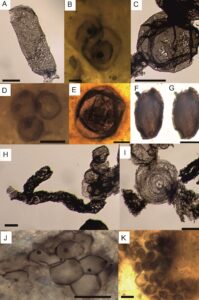Investigation of new geoheritage sites, their conservation and promotion for tourism development have become a recent trend in the tourism sector. The Indian subcontinent exhibits a wide range of geological and geomorphological features, many with global significance. The Kachchh district of Gujarat is blessed with such geological and geomorphological elements, ranging in age from Mesozoic […]
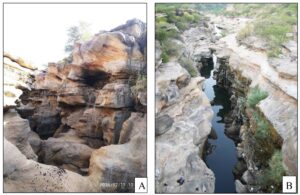
The designation of geological sites in Cuba is relatively new. During the early years of the 21st century some sites were proposed, but only in the province of Pinar del Rio have geosites been officially approved. Here we propose two further geosites, one at Cayo Sabinal (Camagüey Province) and the other at Cayo Coco (Ciego […]
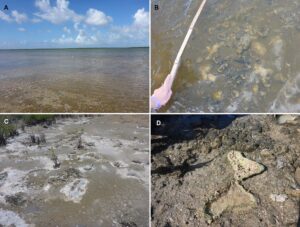
Geoconservation outcomes are hindered by highly subjective and conflicting criteria, varying assessment objectives, disparities in geoconservation strategy steps and the inadequate capturing and representation of geological data in dynamically changing inventories. Review shows that geoconservation outcomes are further hindered by the exclusion of quantitative geodiversity assessment from geoconservation strategies. A geoconservation toolkit is presented using […]
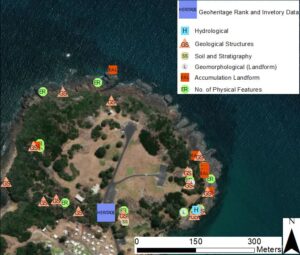
The island of Lanzarote represents a fragile insular space of high environmental value, where coexistence between conservation and the controlled and responsible use of local heritage has been achieved. Since April 2015, Lanzarote and the set of islands and islets of the Chinijo Islands, have been part of the UNESCO Global Geopark Network. Among its […]
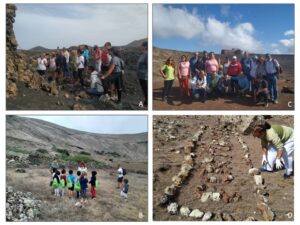
The Azores UNESCO Global Geopark, located in the North Atlantic Ocean is a volcanic archipelago with several non-inhabited islets and nine inhabited islands. The 27 volcanic systems with polygenetic central volcanoes and volcanic ridges, most of them active but dormant, represent an exuberant geological heritage, most of which (77% of geosites) is protected. The quantity […]
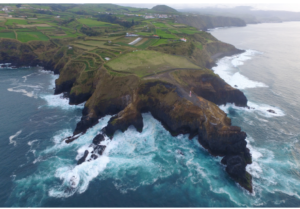
Cabo de Gata-Níjar geopark is an exceptional volcanic zone in the western Mediterranean because of the submarine effusive volcanism and the large volume of subaerial pyroclastic deposits; volcanism developed between land and sea. Its extensive outcrops attract students and researchers from all over Europe to have a better and more precise understanding of the processes […]
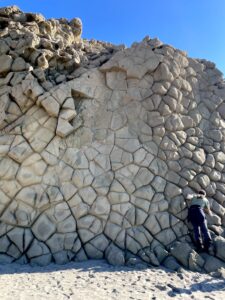
In this Special Issue, we present 11 of the 15 geoparks that show key aspects of the past and current volcanic development of Europe. The sites include currently active locations along the mid-Atlantic ridge, from the Canary Islands and the Azores in the south to Iceland in the north. Other sites in continental Europe, from […]
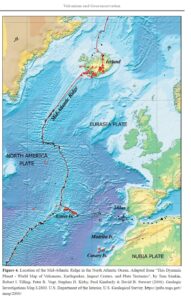
The concept of the volume is to survey all the key geoparks throughout Europe in terms of their palaeontological significance. The second set of 36 articles in this Part cover the long span of geological time from the Triassic to the Quaternary, arranged in chronostratigraphic order. These document some of the most important stages in […]
Together, places of scientific, historical or cultural significance within a region and the artefacts uncovered therefrom and displayed in museums and collections make up the total heritage of the region in question. Seemingly lifeless places and objects become enlivened in UNESCO geoparks through the combined efforts– geared towards education and tourism – of managers, researchers […]
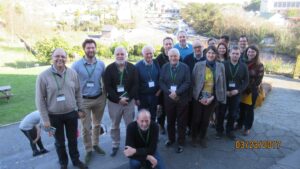
The North West Highlands Geopark is probably one of the largest geoparks anywhere, comprising 2000 km2 of remote, mountainous and coastal terrain. It was the first European Geopark to be recognised in Scotland in 2004 and was designated by UNESCO as a Global Geopark in 2015. Since then, it has been very successful in delivering […]
